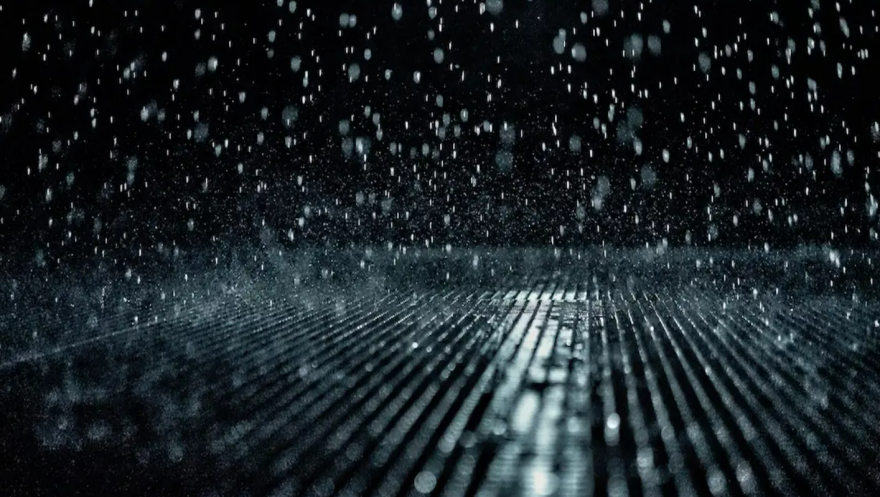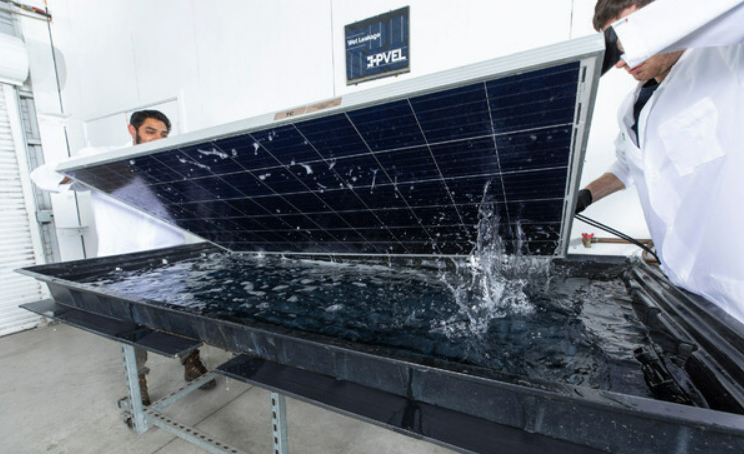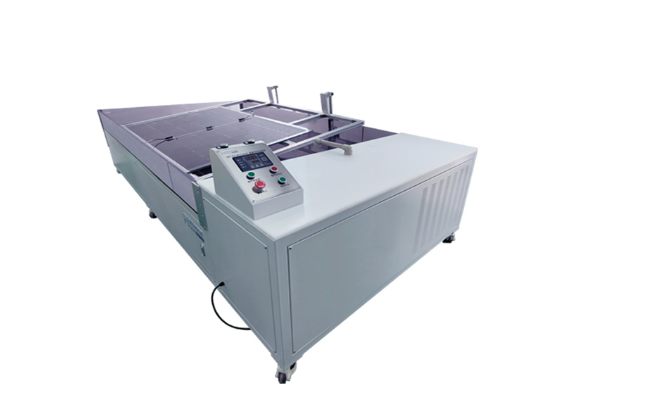
Quantum Efficiency Tester
PL/EL Integrated System
PV-Reflectumeter
3D Confocal Microscope
In-Line Four Point Probe Tester
Four Point Probe Tester
In-Line Thin Film Thickness Tester
Raman Spectrometer
FTIR Spectrometer
Spectrophotometer
Automatic Spectroscopic Ellipsometer
Contact Resistance Tester
Ultra depth of field 3D microscope
Auto Visual Tester
VMM PV Vision Measuring Machine
Solar Cell Horizontal Tensile Tester
Steady State Solar Simulator for Solar Cell
Solar Cell UV Aging Test Chamber
Solar Cell Comprehensive Tensile Tester
Visual Inspection Tester
Wet Leakage Current Tester
PV Module EL Tester
PV Module UV Preconditioning Chamber
Steady State Solar Simulator for PV Module
Current Continuous Monitor
Potential Induced Degradation Test
Bypass Diode Tester
LeTID Test System
Reverse Current Overload Tester
Impulse Voltage Tester
Hipot Insulation Tester
Ground Continuity Tester
Hipot Insulation Ground Tester
Damp Heat Test Chamber
Humidity Freeze Test
Thermal Cycle Test Chamber
Dynamic Mechanical Load Tester
Static Mechanical Load Tester
Hail Impact Tester
Robustness of Termination Tester
Module Breakage Tester
Cut Susceptibility Tester
Peel Shear Strength Tester
Universal Testing Machine (Single-arm)
Universal Testing Machine (Double-arm)
Glass Transmittance Tester
Acetic Acid Test Chamber
EVA Degree of Crosslinking Test System
Junction Box Comprehensive Tester
Drop ball tester
Semi-automatic scanning four-probe tester
Stylus Profilometer
Maximum Power Point Tracker
Perovskite Glass Transmittance Tester
Perovskite P1 Laser Scribing Multifunctional Testing Machine
Perovskite Online PL Tester
Perovskite Online Sheet Resistance Tester
Online Perovskite Film Thickness Tester
Perovskite Process Inspection Workstation
Portable IV Curve Tester
Portable EL Tester
Portable Thermal Imaging Tester
Solar Module Multi-Channel Testing System
PV Inverter Power Quality Tester
Drone EL Tester
IV Tester
IVEL Cell Sorting Machine
Step-by-step Tutorial on How to Perform Wet Leakage Testing on Photovoltaic Modules
Date : 2023-10-20Views : 135
In the IEC 61215 standard, which plays an extremely important role in the field of photovoltaic testing and certification, the wet leakage test is one of the important tests. The purpose of this test is to evaluate the insulation performance of solar modules in humid environmental conditions, preventing moisture penetration.Varying weather conditions, such as rain, morning dew, fog, or melting snow, can cause moisture to penetrate, causing corrosion, ground faults, and electrical shock hazards. The Wet Leakage Current Tester from Millennial Solar helps test the tolerance of photovoltaic modules to moisture under outdoor conditions.

![]()
How to perform a wet leakage current test?
During the test, the module is immersed in a container containing a solution [resistivity not greater than 3500Ω·cm, temperature (22±2)°C], the depth of which should effectively cover all surfaces of the module,However, the lead entrance of the junction box needs to be thoroughly sprayed with solution. If the photovoltaic module uses a connector, the connector needs to be soaked in solution during the test.Short-circuit the output of the photovoltaic module to the positive terminal of the test equipment, use a suitable metal conductor to connect the test liquid to the negative terminal of the test equipment, apply voltage at a speed not exceeding 500V/second,Until 500V or the maximum system voltage of the photovoltaic module (whichever is greater), maintain this voltage for 2 minutes and test the insulation resistance. Finally, reduce the voltage to zero and short-circuit the terminals of the test equipment to release the voltage inside the photovoltaic module. Testing requirements:
(1) For photovoltaic modules with an area of less than or equal to 0.1m², the insulation resistance shall not be less than 400MΩ;
(2) For photovoltaic modules with an area greater than 0.1m², the insulation resistance value multiplied by the module area shall not be less than 40MΩ·m².

![]()
Millennial Wet Leakage Current Tester

E-mail: market@millennialsolar.cn
Introduction:
Millennial Wet Leakage Current Tester tests the insulation performance of photovoltaic modules under humid working conditions and detects whether moisture from rain, fog, dew or melted snow enters the working part of the internal circuit of the module, causing corrosion, leakage, and non-safety accidents.
Fulfill the standard:
Meets the MQT15 clause in the IEC61215 standard and the MST17 clause in IEC61730
Features:
Compared with ordinary products, Millennial Wet Leakage Current Tester has the advantages of safety and easy operation. It can also be equipped with optional surface tensiometer and other rich test contents.
•Intelligently controls the size of the current, meets the thermal performance test of three diodes at the same time, and can control the power supply
•The liquid temperature can be automatically controlled, and the temperature control system uses an integrated cooling and heating machine to accurately control the water temperature.
•Monitor the conductivity and temperature of liquids
•Equipped with an insulation tester to conduct insulation and leakage tests on photovoltaic modules
•Aluminum alloy profile bracket with universal brake casters installed at the bottom
•Equipped with a drain valve at the bottom for easy cleaning
•Has overload, overcurrent and overvoltage alarms
Wet Leakage Current Testing is one of the highest-ranking failed tests during laboratory photovoltaic module inspection, and the Wet Leakage Current Tester is critical to the stability of photovoltaic modules. The Wet Leakage Current Tester from Millennial Solar can judge the insulation performance of photovoltaic modules under wet conditions, realize real-time detection of module quality, provide reliable data and information, improve testing and production efficiency, thereby ensures the service life and safety of photovoltaic modules.

































































